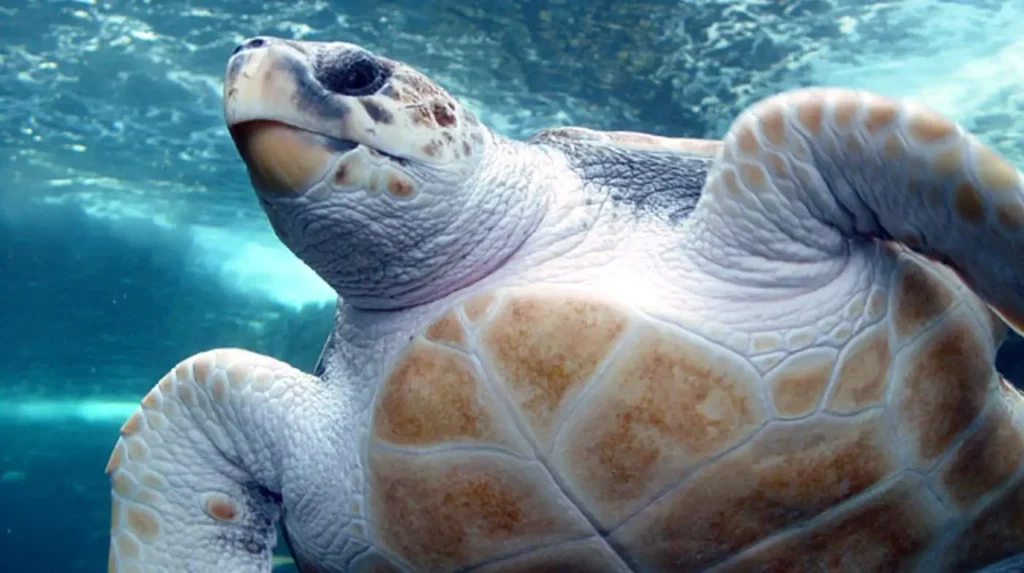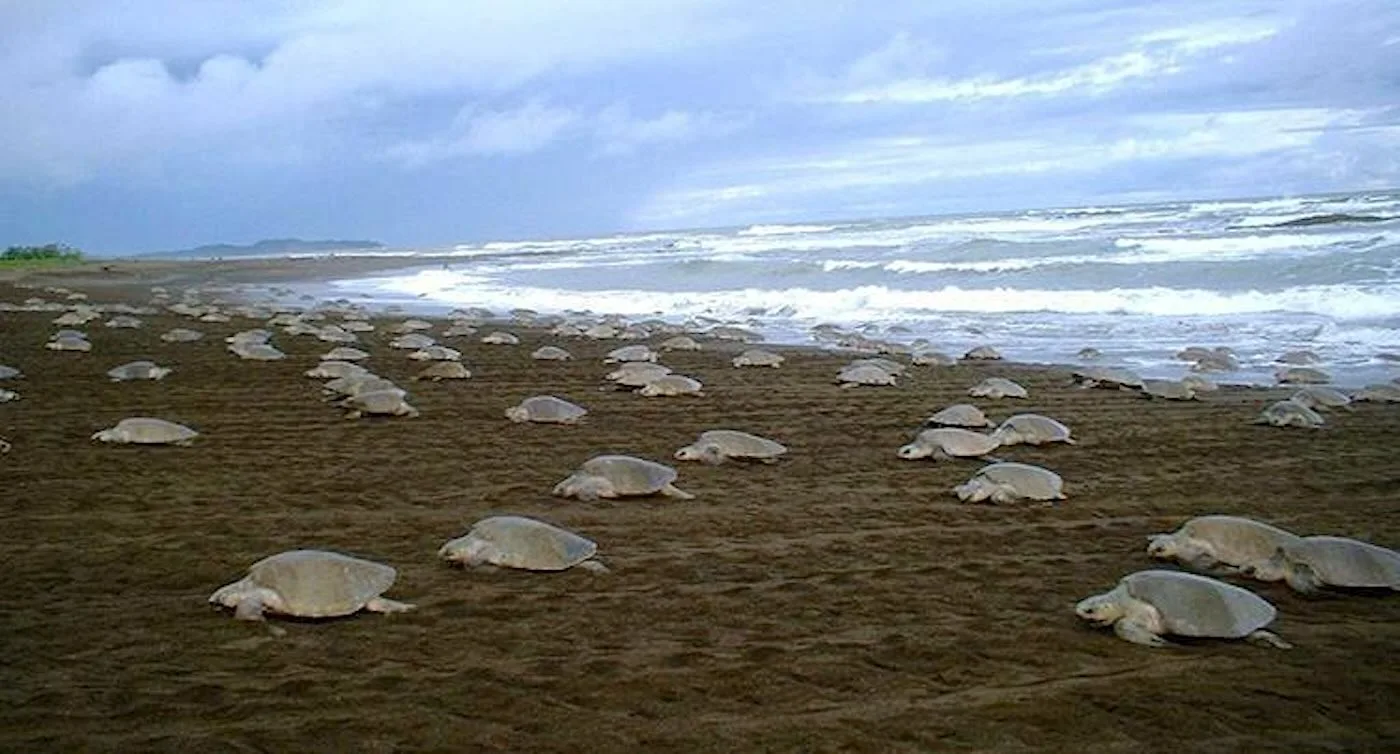Once devastated by overhunting and vanishing habitats, sea turtles are now a symbol of resilience. Thanks to decades of conservation work and new protections, global populations continue to climb—even as ocean conditions change.
“Sea turtles are one of marine conservation’s great success stories, with many nesting populations making remarkable recoveries,” said Professor Graeme Hays, a marine scientist at Deakin University in Australia.
Hays and other researchers at Deakin collaborated with NOAA Fisheries biologist Jeffrey Seminoff to assess the health of all seven sea turtle species worldwide. Their analysis revealed an encouraging trend: most sea turtle populations are rebounding, especially in areas where strong conservation measures have been put in place.
At many nesting beaches, artificial lighting that once disoriented hatchlings has been minimized or eliminated, while regional fisheries have adopted gear and timing practices that reduce accidental turtle catches.
The findings, published in Nature Reviews Biodiversity, could help conservationists and fisheries managers design smarter regulations to further reduce bycatch risks.
“When I think of sea turtles, I think of resilience,” said Seminoff, who specializes in sea turtle research at NOAA’s Southwest Fisheries Science Center. “When we give them the opportunity to recover, they seize it.”

A cultural and ethical shift
Seminoff noted that the rebound in turtle numbers also reflects changing public attitudes. Where sea turtles were once hunted for meat, shells, and eggs, younger generations increasingly see them as animals worth protecting. In some communities, former poachers now work as ecotour guides, earning income by leading visitors to observe nesting turtles—a shift that benefits both people and wildlife.
The global decline of sea turtles that began in the last century has slowed dramatically thanks to protective legislation such as the U.S. Endangered Species Act and similar laws passed in the 1970s and 1980s.
Signs of a strong comeback
The study reviewed data from nearly 300 nesting sites around the world. Across most regions, population increases were three times more common than decreases, painting what the researchers described as “a broadly positive global picture.”
Compared with earlier assessments, significant increases were now found to be six times more frequent than declines. Green sea turtles, for instance, are thriving in four out of five regional populations, including a remarkable 500% rise in nesting activity in the Seychelles.
Loggerhead turtles are also seeing explosive growth. At Cape Verde in the North Atlantic, annual nest counts jumped from roughly 500 in 2008 to about 35,000 by 2020. Similar upward trends are being observed across the Mediterranean.
Information is still limited for species such as the hawksbill, olive ridley, Kemp’s ridley, and flatback turtles, but most known populations show encouraging growth. Recent reports from India, for example, describe thousands of olive ridleys crowding beaches to lay eggs.
Challenges ahead
The exception to this success story lies with the leatherback turtle—the ocean’s largest reptile—whose populations continue to decline in the Pacific and parts of the Caribbean. These giants, which can reach the size of a compact car, undertake immense migrations across ocean basins and remain vulnerable to climate change and fisheries interactions.
Warming oceans and beaches pose additional threats. Yet researchers have noted hopeful adaptations: Mediterranean loggerheads, for example, are beginning to nest in cooler regions, potentially offsetting future temperature increases. Some populations may also be shifting nesting seasons earlier in the year to avoid excessive heat.
Despite these challenges, the overall picture is one of recovery and resilience. “When hunting stops and species are given space to rebound,” said Seminoff, “they can once again take their rightful place in the marine ecosystem.”
